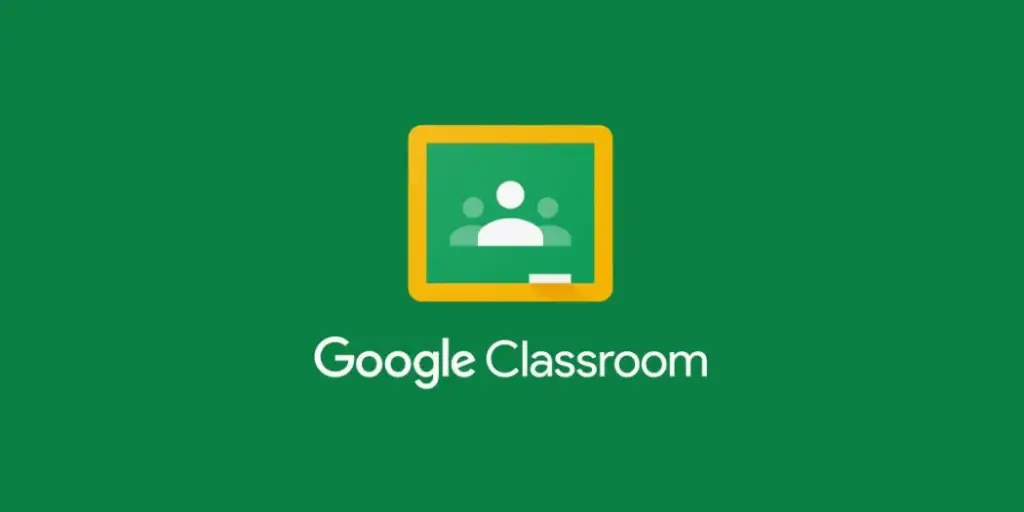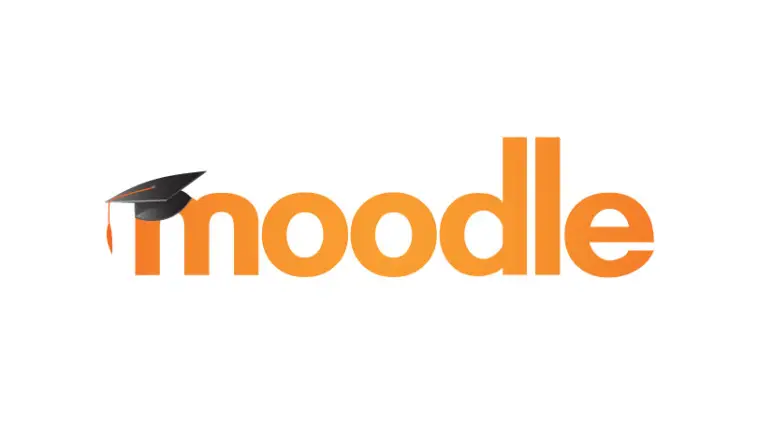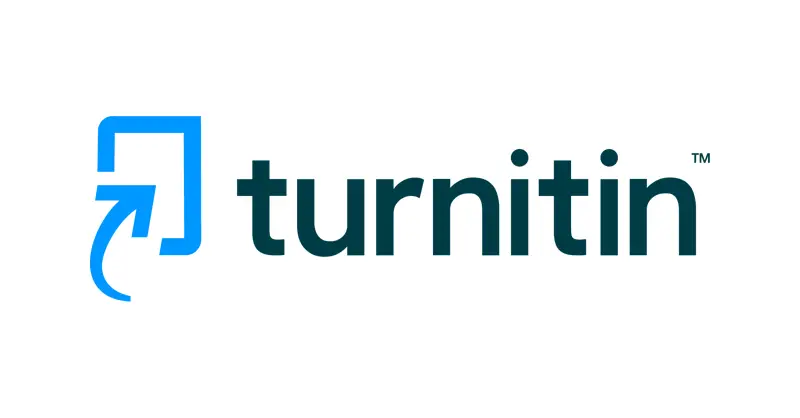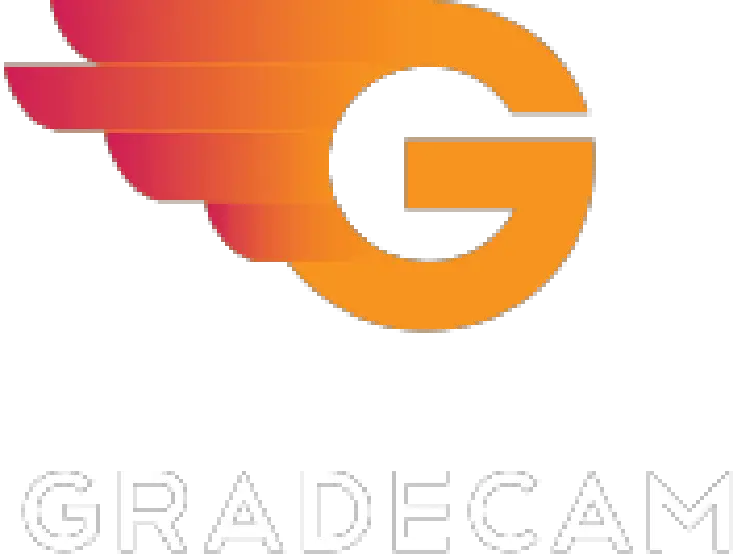Ever felt overwhelmed with grading stacks of paper? Embrace the future with the Best Digital Assessment and Grading Platforms for Educators.
The rapid evolution of academia in the digital age demands innovative tools that streamline assessment and grading processes.
As institutions face the challenge of maintaining rigorous grading standards while fostering an interactive learning environment, they seek reliable digital platforms to aid their mission. The solution? A plethora of digital platforms designed to cater to diverse educational needs.
Table of Contents
Overview
There’s no one-size-fits-all in education. Various digital tools address the myriad requirements of educators. These platforms have been pivotal in driving efficiency, promoting engagement, and ensuring transparency in grading. Let’s delve deeper into each platform, analyzing their unique offerings and their significance in academia.
Best Digital Assessment and Grading Platforms for Educators
#1. Google Classroom: Best for integrating assignments and grading with Google tools
Summary
- Direct integration with Google services
- User-friendly interface
- Centralized assignment and grading hub
Google Classroom stands out as a seamless merger of Google’s suite of tools tailored for educational settings. It simplifies the process of assigning, collecting, and grading assignments, making it a favorite for educators already familiar with Google services.
Benefits
- Seamless synchronization with Google Drive: All assignments and resources are organized efficiently.
- Real-time collaboration: Students can work together, fostering an interactive learning environment.
- Streamlined communication: Direct lines of communication between teachers and students through announcements and comments.
If you’re an educator familiar with Google’s ecosystem and seek a cohesive integration of assignments and grading tools, Google Classroom is an indispensable resource.
How much does it cost?
- $0-$5
Source: https://edu.google.com
#2. Canvas: Best for versatile online testing and auto-grading features
Summary
- Comprehensive online testing options
- Automated grading capabilities
- Integrated course management
Canvas stands as a holistic learning management system (LMS) with a strong emphasis on online testing. Its adaptability allows for diverse assessment methods, from quizzes to detailed assignments, catering to a range of academic needs.
Benefits
- Scalable for institutions: Can accommodate both small classrooms and large university courses.
- Interactive multimedia assessments: Incorporates videos, images, and links for engaging tests.
- Peer review capabilities: Facilitates constructive feedback from fellow students.
Canvas offers an in-depth assessment platform paired with the advantages of a full-fledged LMS, making it a top pick for educators aiming for flexibility in their grading approach.
How much does it cost?
- From $181/year
Source: https://www.instructure.com
#3. Blackboard: Best for detailed grading rubrics and analytics
Summary
- Comprehensive grading rubrics
- Advanced analytics for performance tracking
- Multi-faceted LMS capabilities
Blackboard, a household name in many educational institutions, is lauded for its intricate grading rubrics and analytics. It’s more than just an LMS; it’s a platform that offers educators a microscope into students’ academic journeys.
Benefits
- Precision in grading: Detailed rubrics allow for objective assessment.
- In-depth analytics: Helps educators identify trends, strengths, and areas needing attention.
- Collaborative tools: Forums, groups, and wikis promote student interaction.
For those in search of a platform with robust analytical tools and granular grading criteria, Blackboard remains a frontrunner in the educational tech arena.
How much does it cost?
- $300-$9000
Source: https://www.blackboard.com
#4. Moodle: Best for open-source assessment customization
Summary
- Open-source flexibility
- Vast plugin repository
- Customizable assessment features
Moodle’s strength lies in its open-source nature. It empowers institutions to customize and expand the platform to suit specific requirements. Its adaptability and commitment to free access make it a top choice for educators across the globe.
Benefits
- Full control over platform: Tailor Moodle to fit unique institutional needs.
- Community-driven improvements: Regular updates and extensions from a global developer community.
- Multilingual capability: Supports a wide range of languages for global reach.
For educators and institutions with the vision to mold their digital platform, Moodle offers unparalleled flexibility and a vast array of resources to tap into.
How much does it cost?
- $130
Source: https://moodle.org
#5. Edmodo: Best for interactive assessment assignments
Summary
- Social media-like interface
- Engaging assignments platform
- Integrated communication tools
Edmodo beautifully blends the familiarity of social media with the nuances of academic interaction. It’s like walking into a virtual classroom where engagement isn’t a challenge but a delightful norm. The platform enables educators to dish out assignments that students eagerly participate in.
Benefits
- Fosters classroom community: Builds a bond between educators and students.
- Dynamic assignment formats: Encourages creativity in student responses.
- Direct messaging: Ensures that no student query goes unanswered.
With Edmodo, the classroom is buzzing with life, creativity, and genuine curiosity. It’s a refreshingly vibrant platform for educators desiring rich student participation.
How much does it cost?
- Free
Source: http://www.edmodo.com
#6. Turnitin: Best for originality checks in submitted assignments
Summary
- Plagiarism detection engine
- Feedback studio for annotations
- Student paper repository
Turnitin plays the role of a vigilant guardian, ensuring that every student’s submission is authentically theirs. It’s not about catching students in the act but fostering a culture of genuine learning and original thinking.
Benefits
- Upholds academic integrity: Fights the menace of plagiarism.
- Constructive feedback: Annotations guide students toward better writing.
- Manages assignments efficiently: Easy submission and review process.
Turnitin isn’t just a plagiarism checker; it’s an educator’s partner in maintaining the sanctity of academic work and guiding students towards their best potential.
How much does it cost?
- $3/year/student
Source: https://www.turnitin.com
#7. Kahoot!: Best for live quiz assessments
Summary
- Real-time quiz sessions
- Engaging and competitive format
- Diverse question types
Kahoot! brings an electric charge to the room! When students know there’s a Kahoot! session up ahead, the energy is palpable. It’s all about making assessments a thrilling game where learning and fun collide.
Benefits
- Increases student participation: The competitive edge keeps them on their toes.
- Flexible quiz creation: Tailored to fit any topic or complexity.
- Immediate feedback: Students know where they stand instantly.
If you’re looking to sprinkle some excitement onto routine assessments and watch students eagerly dive into quizzes, Kahoot! is the magic you need.
How much does it cost?
- $29/month
Source: https://kahoot.it
#8. Socrative: Best for instant feedback on student quizzes
Summary
- On-the-fly quiz creation
- Instantaneous results
- Classroom engagement tools
Socrative is like having a direct line to each student’s thought process. It enables educators to launch quizzes on a whim, and the immediate feedback ensures the learning pulse never drops.
Benefits
- Maintains classroom tempo: Quick quizzes without long pauses.
- Comprehensive reports: Deep dive into student performance.
- Flexible formats: Multiple choice, short answers, and more.
Socrative ensures that the rhythm of the classroom flows smoothly, making the learning journey an engaging duet between the educator and students.
How much does it cost?
- $0-$179/year
Source: https://www.socrative.com
#9. Quizlet: Best for flashcard-based assessments
Summary
- Dynamic flashcard system
- Collaborative learning sets
- Varied study modes
Quizlet takes the age-old practice of flashcards and gives it a digital heartbeat. It feels like pulling out a deck of cards with friends, only now it’s online and buzzing with an array of study tools to explore.
Benefits
- Encourages active recall: The essence of effective learning.
- Shareable sets: Learning becomes a group adventure.
- Adaptable to learning styles: From quizzes to games and auditory aids.
Quizlet serves as a warm invitation for students to approach studies with enthusiasm and camaraderie, making learning a vibrant and shared experience.
How much does it cost?
- $48/year
Source: https://quizlet.com
#10. Schoology: Best for combining course content with assessment tools
Summary
- Holistic LMS platform
- Interwoven assessments and content
- Collaborative learning avenues
Dive into Schoology and it feels like entering a bustling academic plaza. With lessons on one side and lively discussions on the other, it gracefully stitches together course content with comprehensive assessments.
Benefits
- Seamless curriculum flow: Connects lessons, assignments, and feedback.
- Empowers group learning: Discussions, blogs, and media-sharing foster interaction.
- Insights into student progress: Detailed analytics and performance metrics.
Schoology captures the essence of a thriving academic community, ensuring educators and students always have a space to connect, discuss, and progress.
How much does it cost?
- $27/month
Source: https://www.powerschool.com
#11. Formative: Best for live student responses and grading
Summary
- Real-time student input
- Dynamic content creation
- Immediate feedback loop
Formative is like holding a magnifying glass over a student’s thought process in action. It’s witnessing those ‘aha’ moments, the slight hesitations, and the rush of understanding, all unfolding live.
Benefits
- Keeps educators attuned: Understand where students need guidance.
- Versatile content types: From drag and drop to short answers.
- Quick interventions: Act on misconceptions as they appear.
Formative offers a front-row seat to the intricate dance of learning, allowing educators to step in, guide, and applaud in real time.
How much does it cost?
- $15/month
Source: https://www.formative.com
#12. GradeCam: Best for quick scan-and-grade features
Summary
- Scan-based grading system
- Customizable answer forms
- Instantaneous grade data
GradeCam feels like having a trusty assistant by your side, swiftly scanning through papers and effortlessly sorting through grades. It’s less about the tech and more about giving time back to educators.
Benefits
- Time-efficient: Turn stacks of papers into graded data swiftly.
- Flexible form design: Tailor to different test formats.
- Analytical insights: Understand class trends and areas of improvement.
GradeCam rejuvenates the grading process, ensuring that educators spend less time juggling papers and more time focusing on what truly matters: nurturing minds.
How much does it cost?
- $2,800/year
Source: https://gradecam.com
#13. Nearpod: Best for multimedia interactive assessments
Summary
- Rich multimedia content
- Synchronous learning tools
- Virtual reality excursions
Nearpod is like stepping into a dynamic digital museum where lessons come alive with vibrant multimedia. With every slide, students might find themselves diving into an underwater ecosystem or exploring the cosmos, all while actively participating in their learning.
Benefits
- Immersive Learning: Blend videos, images, and interactive polls.
- Personalized instruction: Tailor sessions to each class’s rhythm.
- Virtual field trips: Take students on global adventures from the classroom.
Nearpod crafts lessons that aren’t just digested, but experienced. It’s an enriching voyage that ignites curiosity and amplifies engagement.
How much does it cost?
- $10/month
Source: https://nearpod.com
#14. Plickers: Best for paper-based digital grading
Summary
- Unique paper-response system
- Real-time data collection
- Simplified student engagement
Plickers brings a nostalgic twist to digital grading, blending the tactile charm of paper with modern tech. It’s like watching a symphony where students’ paper cards harmonize with digital data streams, creating a classroom experience both delightful and efficient.
Benefits
- Tech-light for students: No devices needed, just paper cards.
- Instant feedback: Educators see real-time class comprehension.
- Engaging for all: Every student has a voice, ensuring inclusivity.
Plickers elegantly marries the tangible with the technological. It’s a testament that sometimes, the best innovations are those that revisit the basics with a fresh lens.
How much does it cost?
- $71.88/year
Source: https://www.plickers.com
#15. Quizizz: Best for gamified quizzes and homework assessments
Summary
- Gamified assessment design
- Engaging leaderboard competitions
- Customizable quiz repository
Quizizz makes assessments feel like a thrilling game night. There’s the joy of competition, the camaraderie among peers, and the sweet satisfaction of conquering challenges, all wrapped up in a colorful, fun-filled quiz.
Benefits
- Boosts motivation: Learning through friendly competition.
- Versatile applications: Suitable for in-class quizzes or homework.
- Rich feedback: Detailed reports to hone study strategies.
With Quizizz, assessments shed their daunting aura. Instead, they wear a vibrant cloak of games and challenges, making learning a pursuit both enjoyable and enlightening.
How much does it cost?
- $19/month
Source: https://quizizz.com
Conclusion
In today’s educational landscape, online assessment tools have transformed the way educators gauge student understanding. From dynamic formative assessments to comprehensive online assessments, these digital assessment tools empower teachers like never before.
Every online assessment tool offers unique features tailored to enrich student learning. As assessment tools for teachers evolve, the distinction between a simple assessment tool and a robust online assessment software blurs. Harnessing the right online assessment platform can redefine formative assessment and illuminate the depths of student comprehension.

















